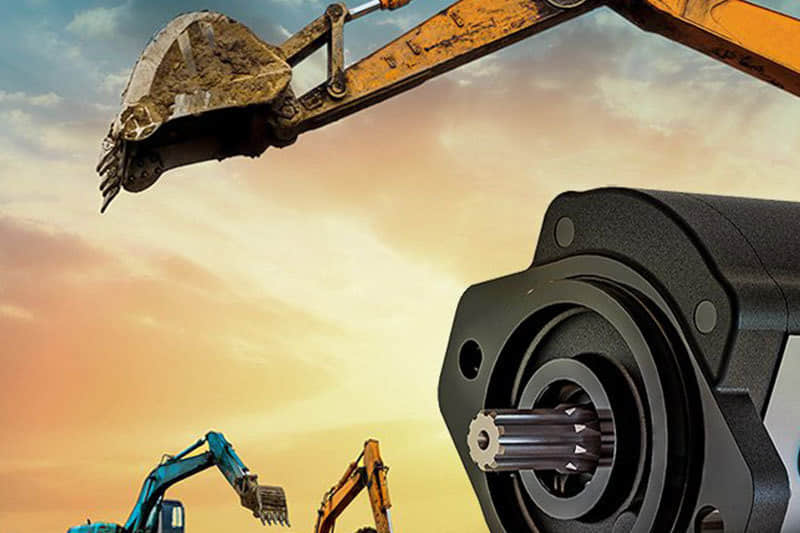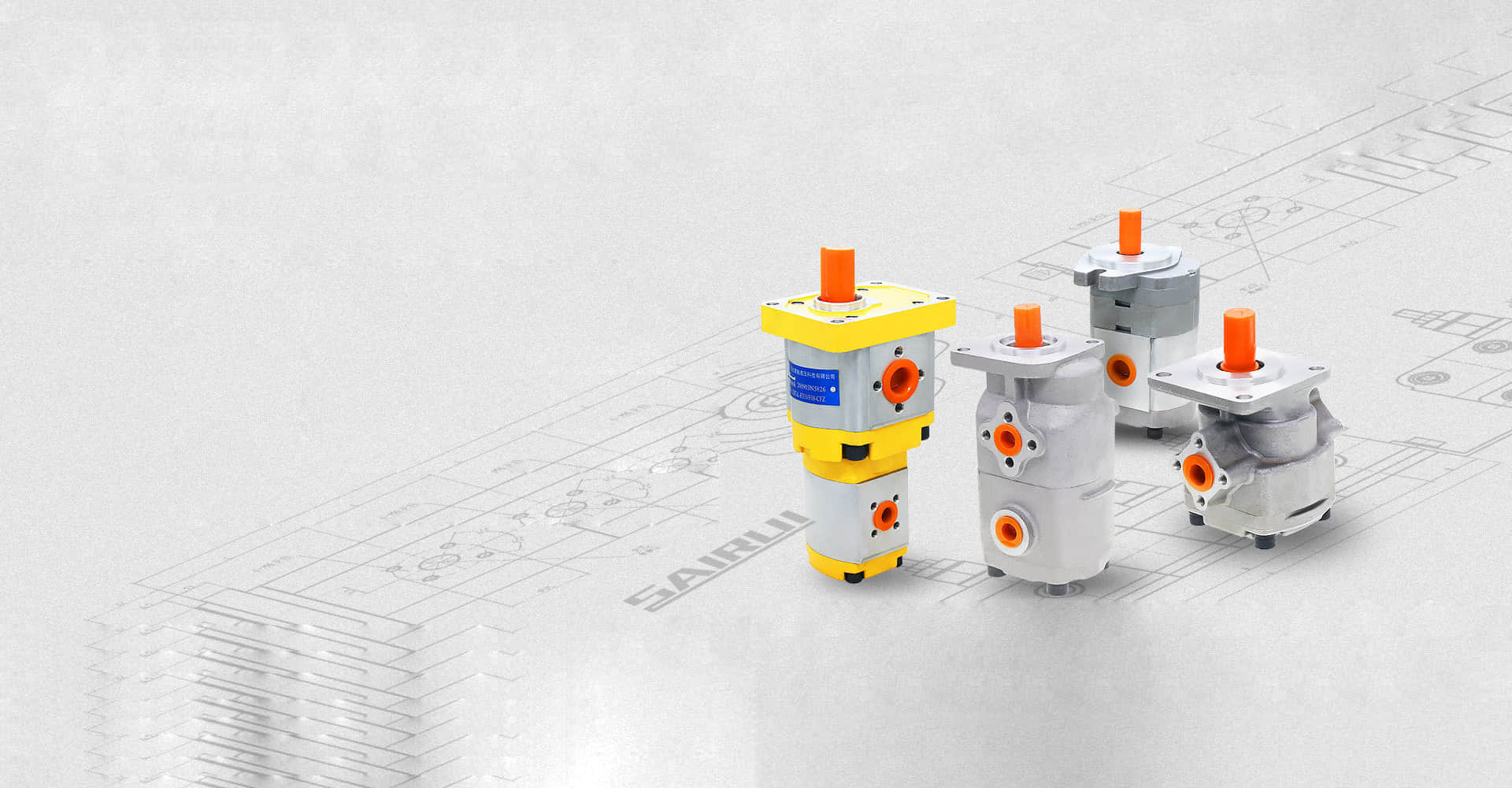Multi acting internal curve hydraulic motor
Place a small clearance in the barrel bore of rotor 2. The hydraulic pressure acting on the plunger is transmitted to the curved surface of the stator through the roller.

There are many structural forms of multi action internal curve hydraulic motors. As far as the use mode is concerned, there are shaft type, shell type and wheel type hydraulic motors directly installed in wheel hubs. From the internal structure, there are many types of plunger components according to different force transmission modes, but the main working process of the hydraulic motor is the same.
Hydraulic motor consists of stator
1. Also called cam ring and rotor
2. The port shaft 4 is composed of the main components such as the plunger set 3. The inner wall of the stator 1 is composed of several uniformly distributed curved surfaces of identical shape. Each curved surface of the same shape can be divided into symmetrical two sides. The side that allows the plunger pair to extend outward is called the oil inlet working section, and the other side that is symmetrical with it is called the oil discharge working section. The number of times each plunger reciprocates in each revolution of the hydraulic motor is equal to the number of stator curved surfaces, We will call it the action times of the hydraulic motor; There is a uniformly distributed piston cylinder hole in the radial direction of the rotor, and a port window is arranged at the bottom of each cylinder hole, which is connected with the port hole matched with its central port shaft 4. There are oil inlet and oil return channels in the middle of the port shaft 4, and the position of its port window corresponds to the position of the oil inlet working section and oil return working section of the guide rail surface, so there are two uniformly distributed port windows on the circumference of the port shaft. Plunger set
3. Place a small clearance in the barrel bore of rotor 2. The hydraulic pressure acting on the plunger is transmitted to the curved surface of the stator through the roller.
The high-pressure oil from the hydraulic pump first enters the port shaft, and then enters the holes of each piston cylinder in the working section through the port shaft window, so that the roller of the corresponding piston group is pushed against the stator surface. At the contact point, the stator surface gives the piston group a reaction force N, which acts on the common normal surface of the contact point between the stator surface and the roller. The normal reaction force N can be divided into radial force and circumferential force, It is balanced with the hydraulic pressure at the bottom of the plunger and the centrifugal force of the plunger set, and the driving torque generated overcomes the load torque to make rotor 2 rotate. The movement of the plunger is a composite movement, that is, it rotates with rotor 2 and reciprocates in the piston cylinder hole of the rotor at the same time. The stator and port shaft do not rotate. The plunger corresponding to the oil return section of the stator surface moves in the opposite direction, and returns oil through the port shaft. When the plunger set 3 transits to the oil return section through the working section of the stator surface, the oil supply and return channels are closed.
If the oil inlet and outlet directions of the hydraulic motor are changed, the hydraulic motor will reverse; If the drive shaft is fixed, the stator, port shaft and housing will rotate, which is commonly referred to as the case rotation condition and becomes a wheel motor.

